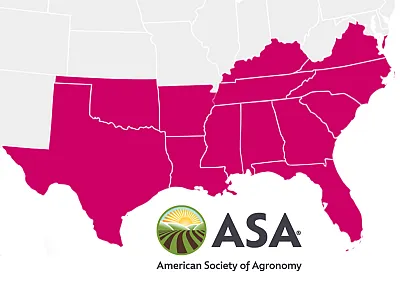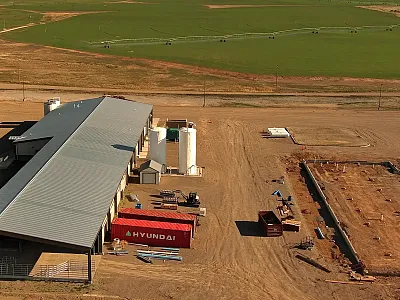Seeds of innovation
Intellectual property protection: how breeders, growers, and consumers benefit


The seed is the engine of agriculture, carrying the genetic potential to improve yields, resist pests, and adapt to changing climates. Behind every new variety lies years of scientific research and significant investment by plant breeders working to deliver better genetics to growers and consumers alike. This article explores how innovation, investment, and intellectual property protection sustain the cycle of seed development—and why respecting those protections ensures continued progress in global food production.
Earn 0.5 CEUs in Crop Management by reading this article and taking the quiz.
The seed is the engine of agriculture. The genetics contained within the seed confer an infinite variety of attributes that, through random crosses, allow plants to adapt to environmental conditions and thrive.
Plant breeders leverage these genetics to address global challenges that affect food security, productivity, and nutritional quality. They also improve the genetics to develop environmentally resilient crop cultivars that can thrive despite environmental stressors, such as drought and heat.
Growers benefit from these elite seeds that can generate higher yields with reduced production costs, ultimately improving the operation’s bottom line. Consumers also benefit from more options in the produce aisle that are not only a higher quality but available at a better price.
“Just take a look at the lettuce section in your super market,” says Eloy Corona, Executive Director of the Seed Innovation Protection Alliance. “It has evolved from romaine and leafy to more than 17 types of lettuce that come in a rainbow of colors and leaf patterns.”
These new varieties are the product of years of work by plant breeders. While traditional plant breeding has been used for time and millennia, it is slow and does not always produce the ideal outcomes. These scientists focus on genetics within the plant to address complex traits, such as yield, disease resistance, nutritional value, and adaptation to specific environmental concerns.
“Genetics set the tone for the breeding program,” says Brett Despain, a Specialty Crops Breeder and Commercial Manager with Highland Specialty Grains, Inc. “Elite genetics are essential for innovation to develop a product that is desirable for growers.”
Plant breeders use new breeding techniques to identify and select genes or DNA sequences associated with desired traits. Gene editing technology, such as CRISPR-Cas9, allows researchers to make precise changes to modify genetic information and accelerate the breeding process. Through these surgical tweaks, plant breeders bring forward new varieties and reintroduce lost traits that benefit growers and society.
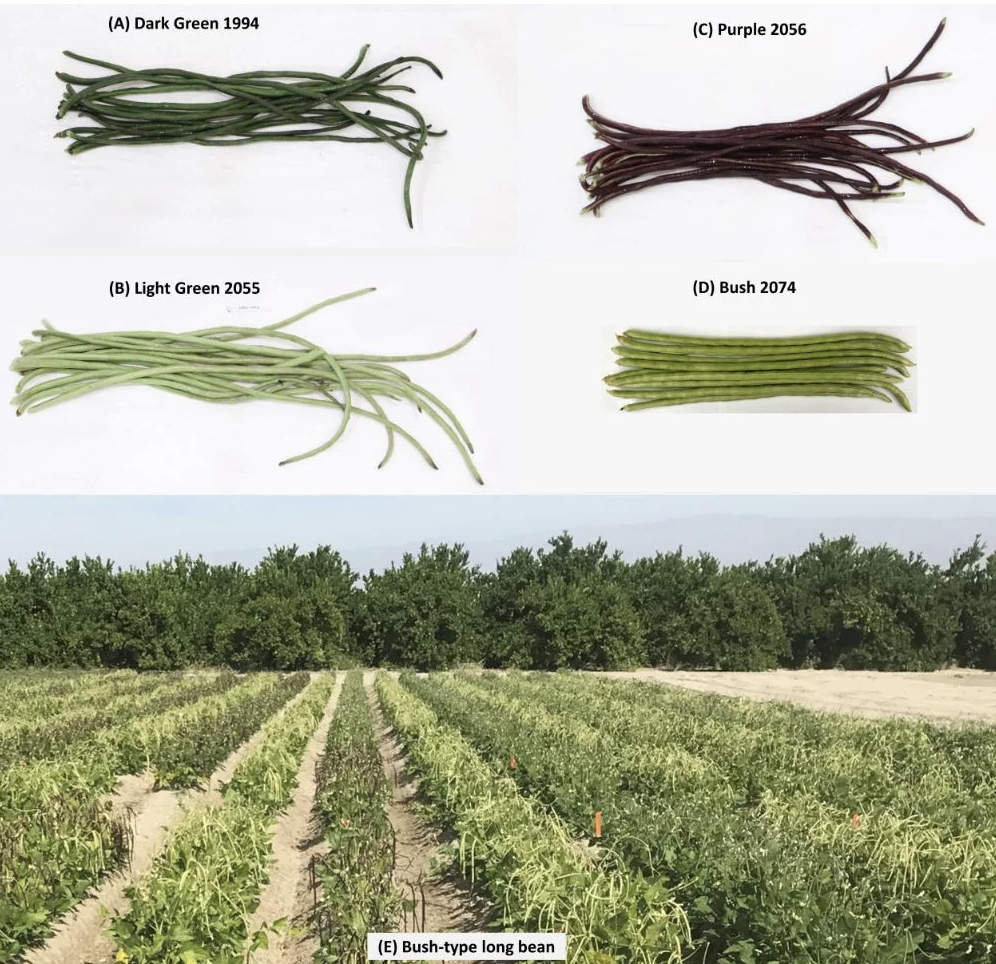
Bao-Lam Huynh, assistant professor in the Department of Nematology, University of California, Riverside, studies long bean, a staple of Asian cuisine that is a descendant of the African cowpea. Through traditional breeding practices, the long bean has been modified to thrive in new environments but in the process has lost its inherent resistance to aphid and nematode. In his studies, Huynh has reintroduced African cowpea genetics into modern long bean varieties, developing a line that maintains the taste and characteristics that people enjoy with the added protection from pests.
New seeds require big investments
Long bean illustrates how traditional plant breeding left a crop vulnerable to pests while new breeding technologies are re-inserting protection through the careful manipulation by plant breeders. This cohort of scientists often take the long view in their research, but this work is time intensive and expensive.
Like the pharmaceutical industry, plant breeding can come with an investment of millions of dollars and often a decade or more of expert time and energy into engineering new varieties to increase yield and nutritional content as well as resistance to environmental stressors, insects, and disease. Despite the time, effort, and money poured into these efforts, only 1% of the hybrids brought forward will successfully make it into the hands of growers, much less into their fields and consumers’ homes. For this reason, commercial plant-breeding operations have to set aside 8 to 30% of their revenue from newly developed seed lines to recapture the initial research investment and reinvest for future innovations. For comparison, the pharmaceutical industry requires 15% of the revenue of a new drug to be a success.
To incentivize plant breeders to continue in these efforts, new seed varieties are often accompanied by intellectual property protection and agreements that stipulate how a grower can and cannot use the seed. These agreements may seem restrictive, but the terms clarify the rights for both parties. It ensures breeders can recoup their investment and continue to innovate the genetics to benefit agriculture and society.
Intellectual property
The Seed Innovation and Protection Alliance (SIPA) stands at the forefront of plant breeder rights. The organization promotes campaigns to educate growers on the value of seed innovation. They also detail the different forms of protection available for plant breeders and the requirements that growers must adhere to when using new seed varieties under different levels of protection.
For commercial plant breeders, intellectual property protection (IP) is the basic economic motivator available. Intellectual property protection rights include patents, plant variety protection certificates, contractual agreements, trademarks, trade secrets, and seed certification.
The Seed Innovation and Protection Alliance helps growers understand and respect everyone's rights around IP in seed sector. The group also aids members in protecting their IP and maintaining relationships with different groups, including state seed control officials.
“These protections incentivize breeders to a long-term commitment to plant breeding,” Corona says. “[Plant breeders] invest because they know that they will have a period of protection to recoup their investment and keep funding further breeding innovation.”
Patents
Both utility and plant patents grant exclusive rights to a new and distinct plant variety, trait, or process. It allows the patent holder to prevent others from making, using, or selling the patented plant. To gain protection, the plant must be distinct from other plants, and it must have one or more characteristics that distinguish it from other plants. The patent typically lasts for 20 years, and, when it expires, the genetics and/or traits are free to anyone to use.
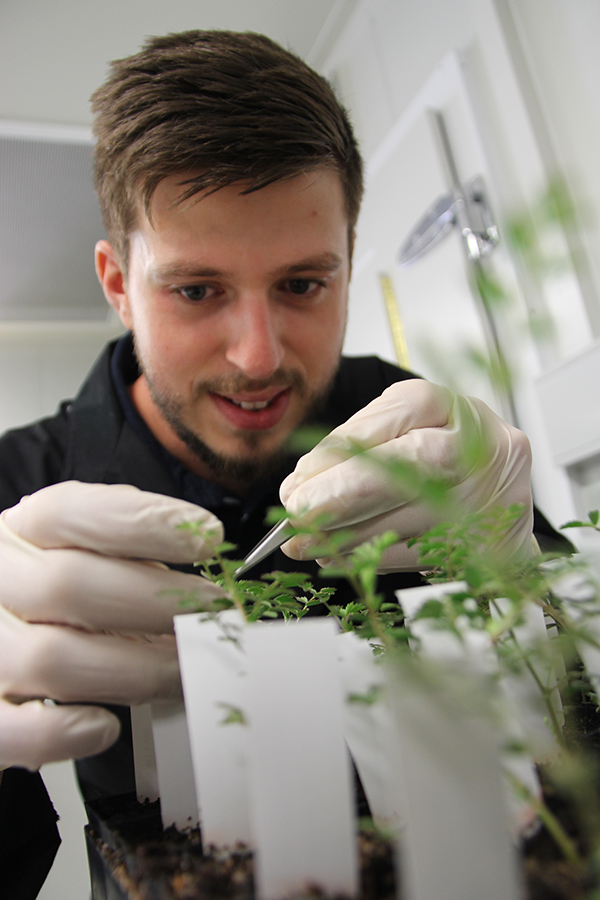
Corona cautions that even if a “trait” patent expires, companies interested in using this trait must license the regulatory package to prevent global trade disruptions. This requirement is particularly important when a company participates in trade with other countries that may have restrictions on genetically modified crops.
Plant variety certificates
The USDA Plant Variety Protection Office issues plant variety protection (PVP) certificates to recognize plant breeder rights. These certificates provide IP protection to breeders who develop new varieties of sexually reproduced, tuber propagated, and asexually reproduced plant varieties. Breaking the stipulated conditions of the PVP constitutes infringement of the owner’s rights.
Licensing and agreements
Plant breeders use licensing agreements to allow growers the right to cultivate and sell new plant varieties. The agreements are offered in exchange for royalties that can be reinvested in the breeding program. These agreements can be exclusive, non-exclusive, or sole, defining the scope of rights granted to the licensee and enable plant breeders to commercialize their creations. This approach also supports growers by opening a path to access new, improved varieties.
Seed certification
Seed certification preserves the genetic purity and varietal identity of the seed. Seed companies can use this approach to market genetically pure seed. Certification services span fruits and vegetables, field crops, turfgrasses, and woody plants and forbs. The process has certain requirements that are crop specific and may include land history, the use of eligible seed stock, field inspections to assure variety identity, purity, and isolation, and seed standards.
According to Brett Despain, signing a certified seed-only agreement or non-propagation agreement means entering into a contract that should be taken seriously. He explains that public varieties are available that are not hindered by these restrictions, but public germplasm may not provide the benefits in production or environmental protections that are imbued by the seeds developed by private-sector breeders.
Public germplasm
The USDA along with academic institutions maintain robust breeding programs that make their work freely available. Their focus is not on generating profit but on the release of content to the public. Unlike that of the private sector, the public germplasm is often location specific, such as a focus on plants specific to environmental conditions in Africa, and may not be adapted for different regions, such as upper Midwest of the United States. Despite this hurdle, public varieties are not protected, which allows growers to save, tweak, and play with the seed for their own use.
To buy or not to buy
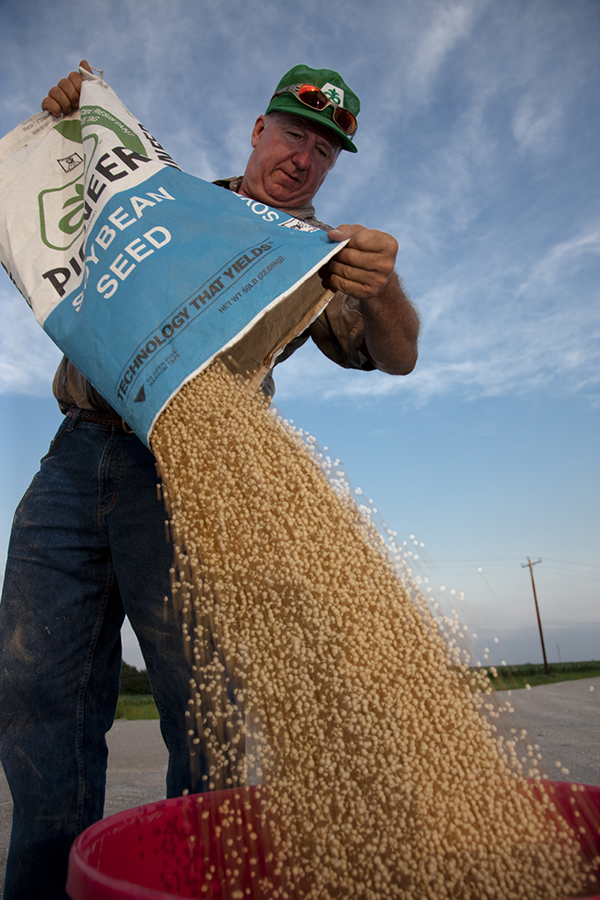
Intellectual property protection rights ensure that the plant breeder, farmer, and society receive the full benefit of seed innovation through increased agricultural productivity and environmental sustainability. While no one IP product will fit every scenario, these options provide the plant breeder with enough flexibility to take risks and foster innovation.
So, is it worth buying seeds that are tied to restrictions to protect plant breeders’ time and investment?
By signing the agreement, the grower gains access to better genetics that will allow them to increase production with less input that support the overall production’s bottom line. The genetics may confer protection from debilitating plant diseases. It can help reduce the use of insecticides and herbicides. It may also impart increased tolerance to environmental stressors, such as drought, heat, and nutrient availability. While an agreement may come with restrictions, the benefits—in terms of production, yield, quality, and reduced input—outweigh the limitations.
“My message is simple: Without respect of intellectual property you are basically sacrificing your future, your pipeline of innovation,” Corona says. “We thank growers for buying new professionally produced seed from an authorized seed company and dealer.”
Self-Study CEU Quiz
Earn 0.5 CEU in Crop Management by taking the quiz for the article. For your convenience, the quiz is printed below. The CEU can be purchased individually, or you can access as part of your Online Classroom Subscription.
- Why do commercial plant-breeding operations set aside 8–30% of revenue from new seed lines?
a. To pay government taxes on seed sales.
b. To recoup research investments and fund future breeding.
c. To pay growers for using their land.
d. To fund advertising campaigns for new seeds.
- How long can a plant patent typically last?
a. 10 years.
b. 15 years.
c. 20 years.
d. 25 years.
- Which of the following is NOT a form of intellectual property protection mentioned in the article?
a. Patents.
b. Plant variety protection certificates.
c. Licensing agreements.
d. Organic certification.
- What percentage of new hybrid seeds typically succeed in reaching growers?
a. 1%.
b. 10%.
c. 25%.
d. 50%.
- What role does seed certification play in agriculture?
a. It guarantees immunity from pests and diseases.
b. It preserves genetic purity and varietal identity of seeds.
c. It reduces the cost of producing seeds.
d. It allows unlimited propagation and sale of seeds.
Text © . The authors. CC BY-NC-ND 4.0. Except where otherwise noted, images are subject to copyright. Any reuse without express permission from the copyright owner is prohibited.




